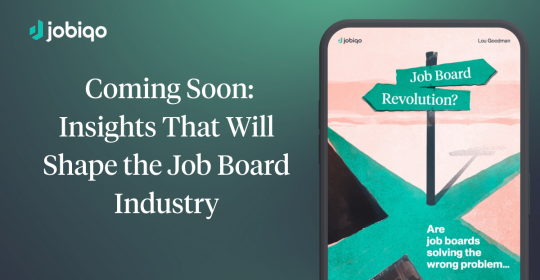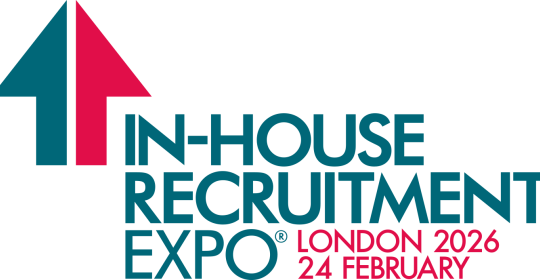The intersection of technology and human resources has given rise to automation and resulted in streamlined processes and revolutionised workforce management. At the heart of this transformation lies Master Data Governance (MDG), a strategic framework that ensures data consistency, accuracy, and integrity.
By prioritising data quality, organizations can unleash the full potential of HR automation, enhancing both the quality of data and strategic decision-making. In this article, we explore the profound impact of MDG on HR operations, unveiling a cascading effect that amplifies efficiency, data reliability, and decision-making.
What is Master Data Governance?
MDG, or Master Data Governance, is a strategic framework designed to ensure the consistency, accuracy, and integrity of data across an organization. It provides a structured approach to managing master data, which refers to the key data entities that are shared and used across multiple systems and processes within an organisation. These entities can include employee data, organizational structures, job positions, skills, and more.
MDG aims to establish standardised data definitions, rules, and processes to govern the creation, maintenance, and distribution of master data. By implementing MDG practices, organisations can address data quality issues, eliminate redundancies, and harmonize data across different systems and departments. This framework helps to maintain data integrity, prevent data silos, and ensure that accurate and reliable information is available for decision-making processes.
Why HR automation operations need MDG
Within HR departments, MDG plays a crucial role in enabling business process automation, improving data quality, and enhancing strategic decision-making. It serves as a foundation for aligning HR processes and systems, ensuring consistent and reliable data for various HR functions such as recruitment, onboarding, talent management, performance evaluation, and workforce planning.
HR automation operations rely on MDG for several reasons:
Data reliability
MDG establishes data consistency and integrity across HR systems, ensuring accurate and reliable information for automated processes. This mitigates the risks of errors and inconsistencies that can arise from manual data entry.
Data integration
MDG harmonizes data across different HR processes and systems, enabling seamless integration and interoperability. This facilitates the smooth flow of information, enhances data quality, and minimizes data duplication.
Data management
MDG provides a structured framework for governing master data, ensuring that it is maintained, updated, and distributed consistently, supporting the effective functioning of HR automation operations and driving organizational efficiency.
What are the benefits of MDG to HR operations?
Incorporating elements of MDG into HR operations can massively benefit HR departments in a variety of different ways:
Enhanced data quality
MDG ensures data consistency, accuracy, and integrity, improving the overall quality of HR data.
Automation enablement
Good data quality facilitated by MDG allows for efficient automation of HR processes, reducing manual effort and increasing operational efficiency.
Process streamlining
MDG helps eliminate redundancies, harmonise data, and integrate systems, resulting in streamlined HR operations and improved data flow.
Informed decision-making
Reliable data provided by MDG empowers HR professionals to make strategic decisions based on accurate insights and trends.
Compliance and risk management
MDG ensures adherence to data governance standards and regulatory compliance, and minimises the risk of data breaches or non-compliance.
Enhanced employee experience
By ensuring data accuracy, MDG enables HR to provide better services to employees, such as streamlined onboarding, accurate payroll, and personalised benefits.
Cost savings
MDG reduces the costs associated with data errors, redundancies, and manual processes, leading to overall cost savings for HR operations.
Scalability and flexibility
MDG provides a scalable framework to accommodate growth, changes, and new HR initiatives, enabling organisations to adapt quickly and efficiently.
How to introduce MDG to HR operations
Introducing MDG to HR operations requires careful planning and execution to ensure successful adoption and integration. Follow the tips below to introduce MDG to your HR department successfully:
- Assess the current data landscape to identify current issues and areas for improvement
- Define the goals of your MDG implementation and identify where it will bring the most value
- Build a dedicated team who are responsible for driving your MDG initiative
- Develop data governance policies that are specific to HR
- Implement processes to ensure ongoing data quality including data cleansing and validation techniques
- Select appropriate technology tools to support your MDG implementation
- Provide training and change management to educate your HR team on the importance of MDG
- Monitor the effectiveness of MDG continuously and make refinements as needed
Other options for HR management systems
In addition to implementing an MDG solution, organisations have several options for HR management systems to enhance their HR operations.
Integrated Human Resources Management Systems (HRMS) offer comprehensive solutions that streamline various HR functions, including payroll, benefits administration, performance management, and talent acquisition. Cloud-based HR systems provide scalability, flexibility, and accessibility from anywhere, while modular HR software allows organizations to select specific modules that meet their unique needs.
Specialised HR systems are available for specific areas such as applicant tracking, learning management, and employee engagement, offering targeted solutions for specific HR challenges. Some HR solutions combine multiple functionalities into a single HR management app to streamline and simplify the automation process.






